Given:
Three owl classes: emptyTask, task, and userTask.
The relationship between the classes are as follows: userTask is equivalentTo task - which implies all individuals that are in userTask are also in task. emptyTask is a subclassOf task.
But what I want to achieve with such relation is that: all Individuals from userTask are also in task (done, reasoner logic). All individuals from emptyTask are in task, but emptyTask and userTask have no relation to each other. They are not in any way related in my Ontology.
Using 3 times equivalentTo is not what i wanna do. Hope you guys can understand what i want to achieve.
How would such a relation look like in Protege for instance. A answer in DL might be helpfull, but i would prefer a practical answer. This picture might help to understand want i want to say with all indiviudals. Screenshot from protege with hermit reasoner:

This picture shows a equivalentTo relation between task and userTask. All individuals from userTask are also in task(reasoner logic)
When I want to open task with the reasoner i want to see all individuals from userTask and emptyTask
When I want to open userTask with the reasoner I want to see individuals from task only.
When I want to open emptyTask with the reasoner I want to see no Individuals from userTask or Task.
The question is how should I set the relations to each other to achieve so?
As you can see even with 3 classes it is not working. The button is always gray. I tried 2 different version of Protege!
